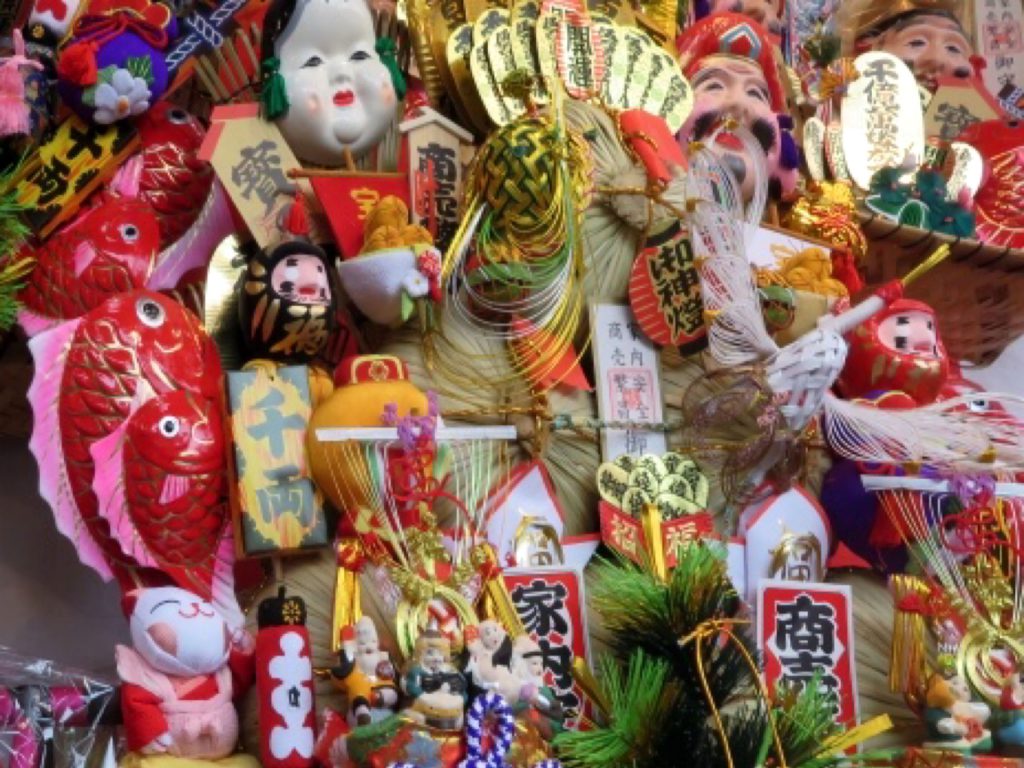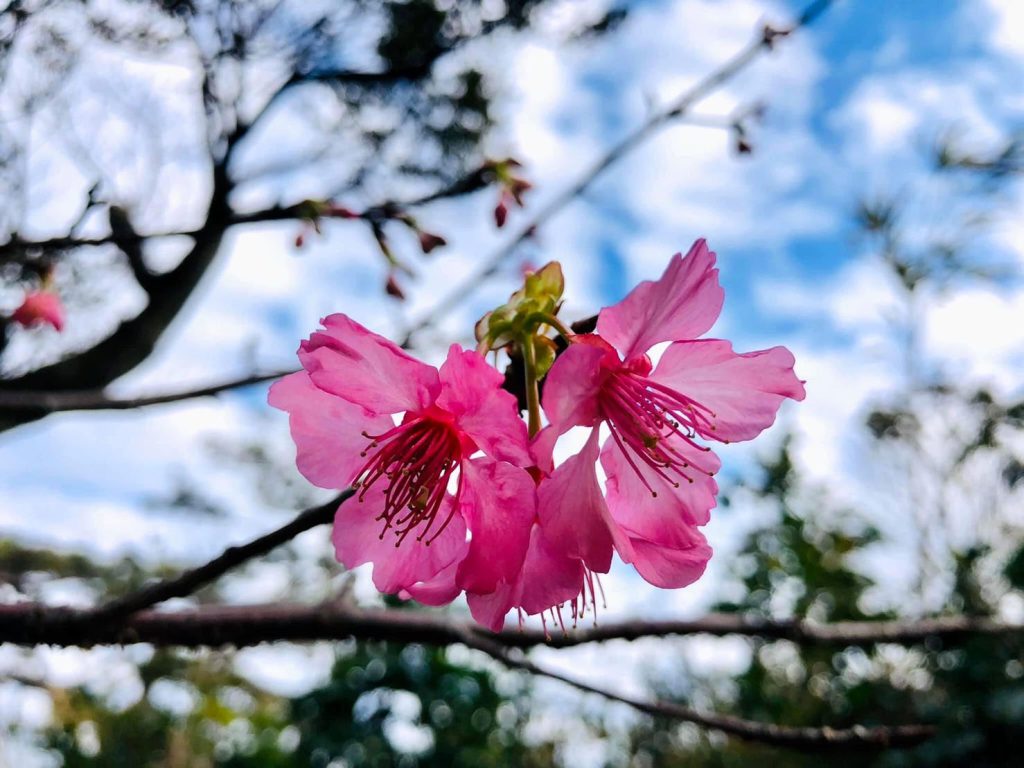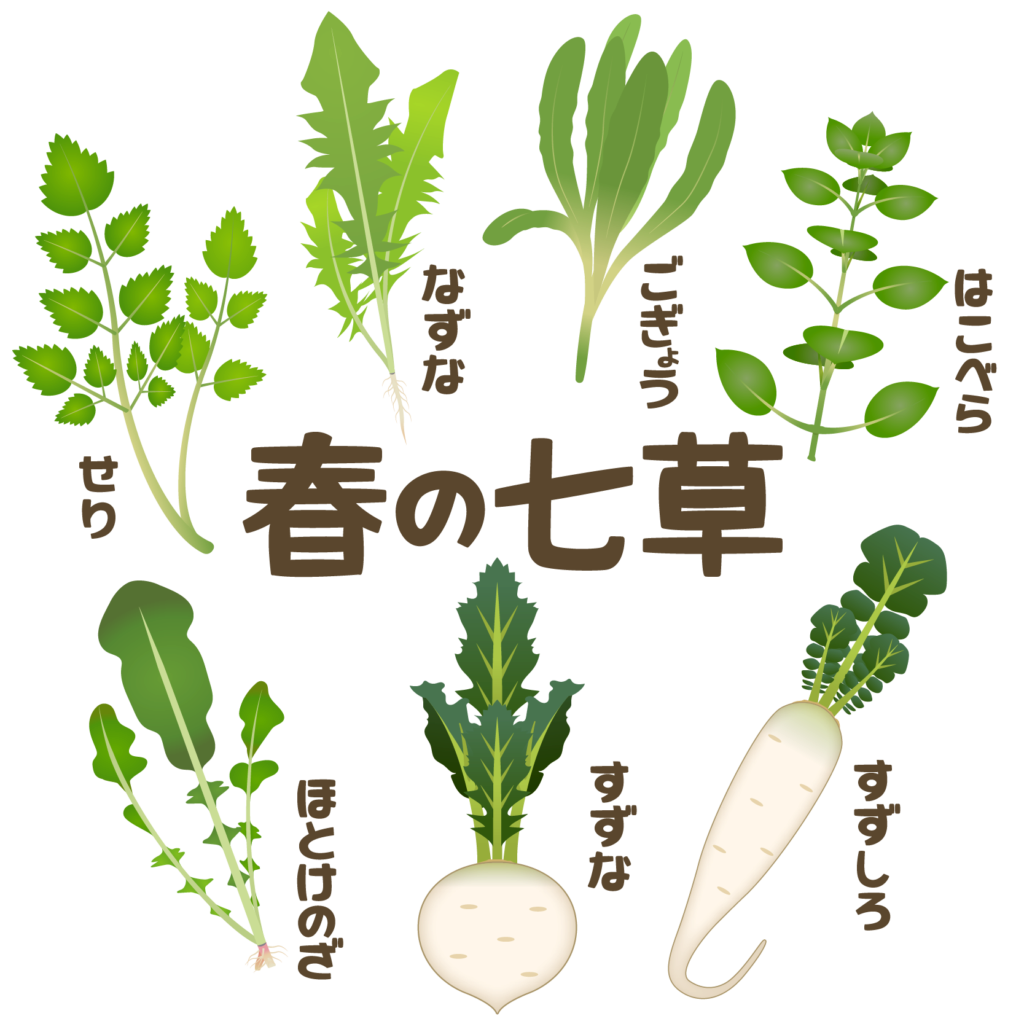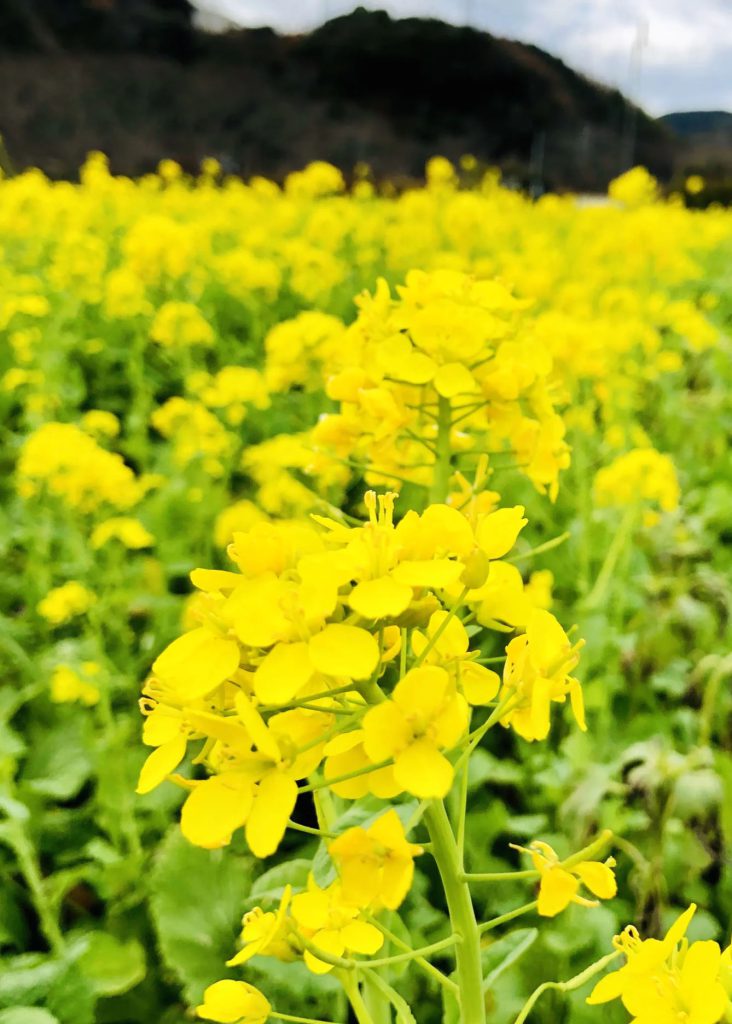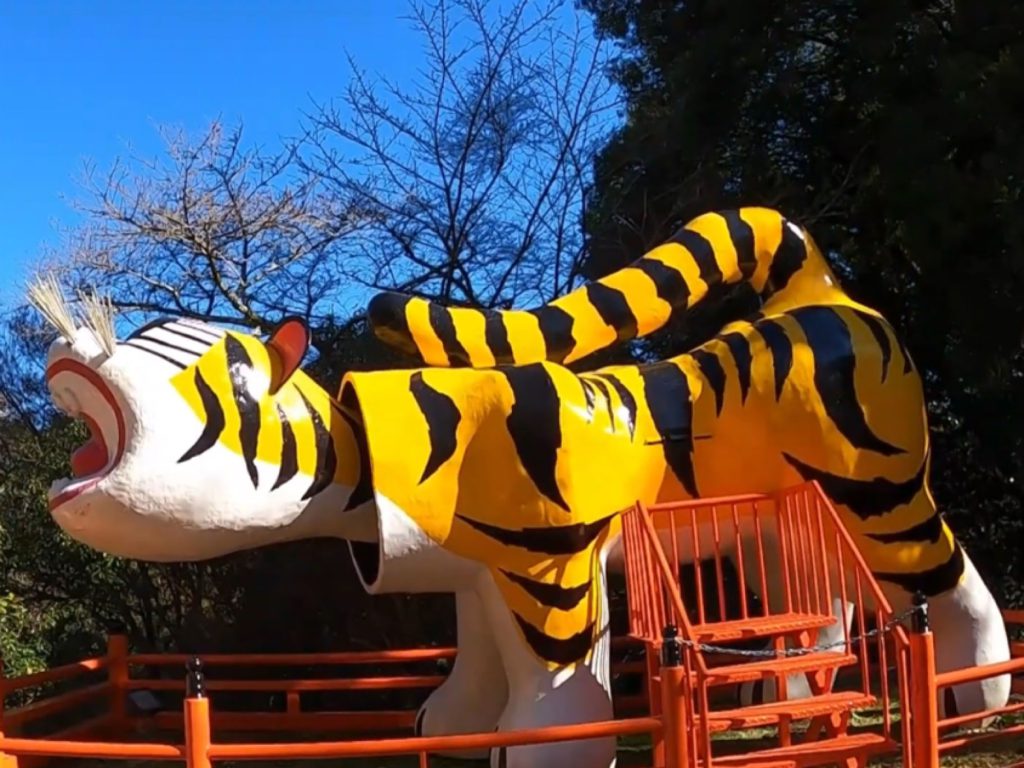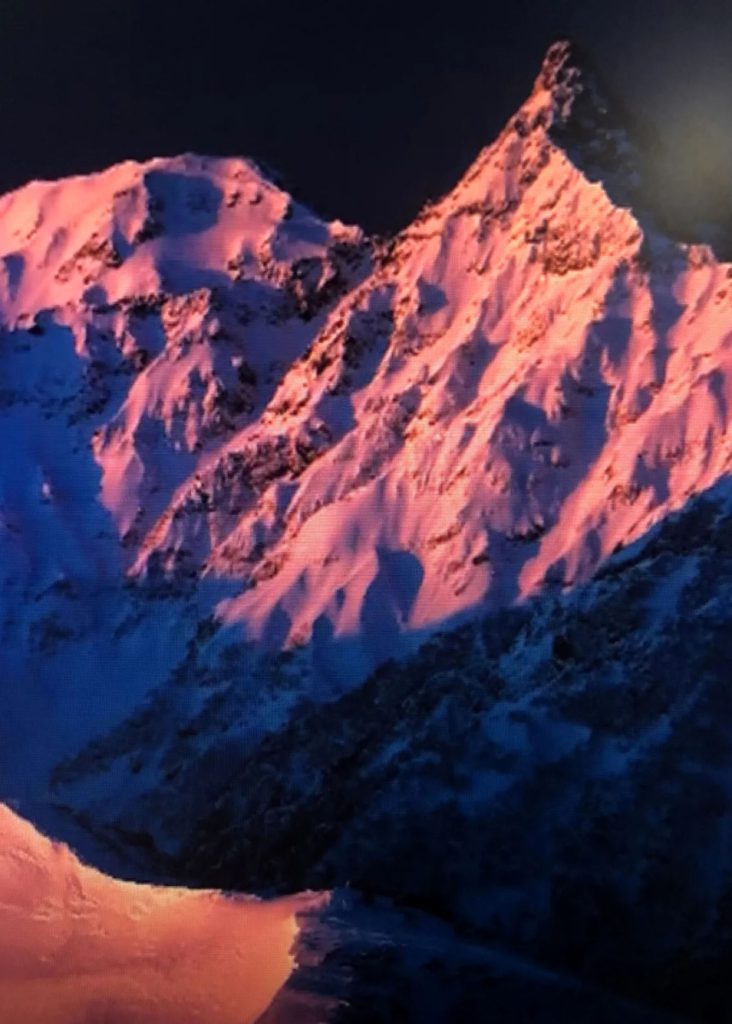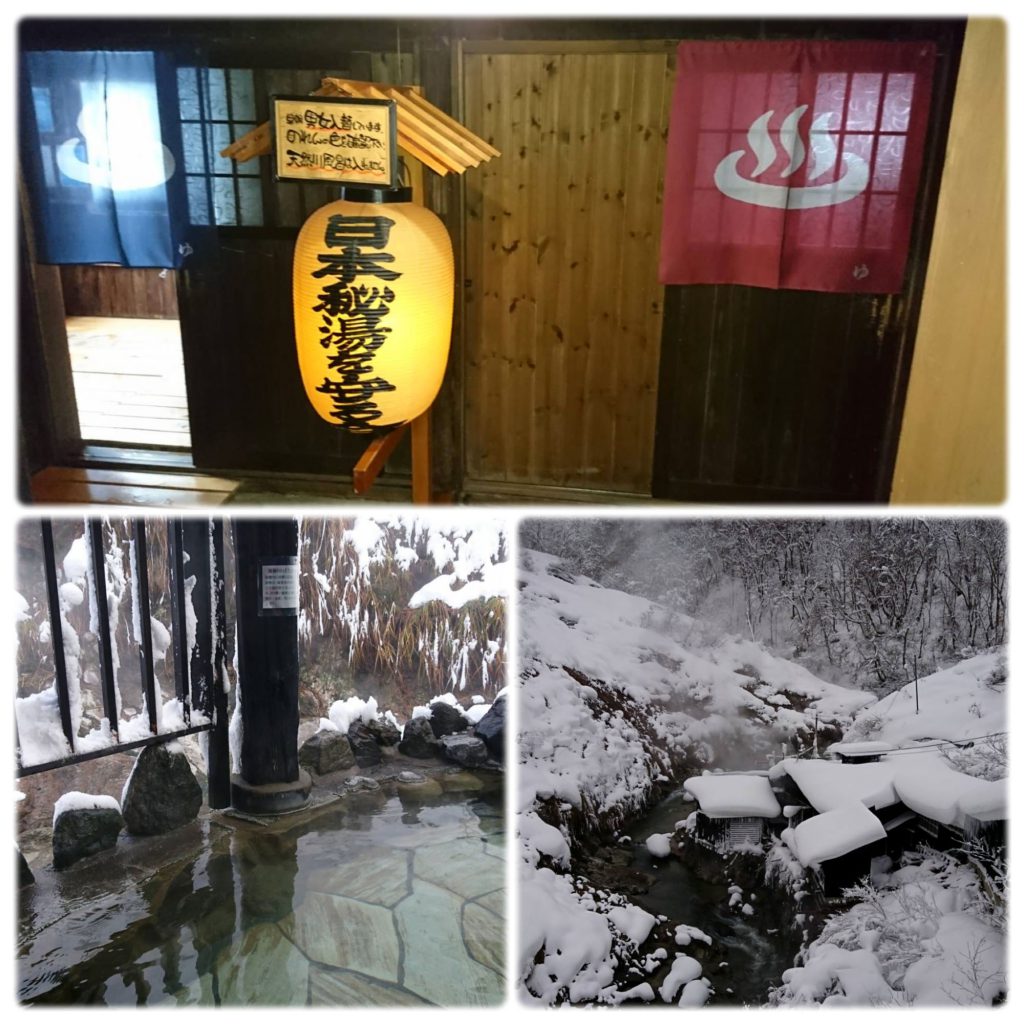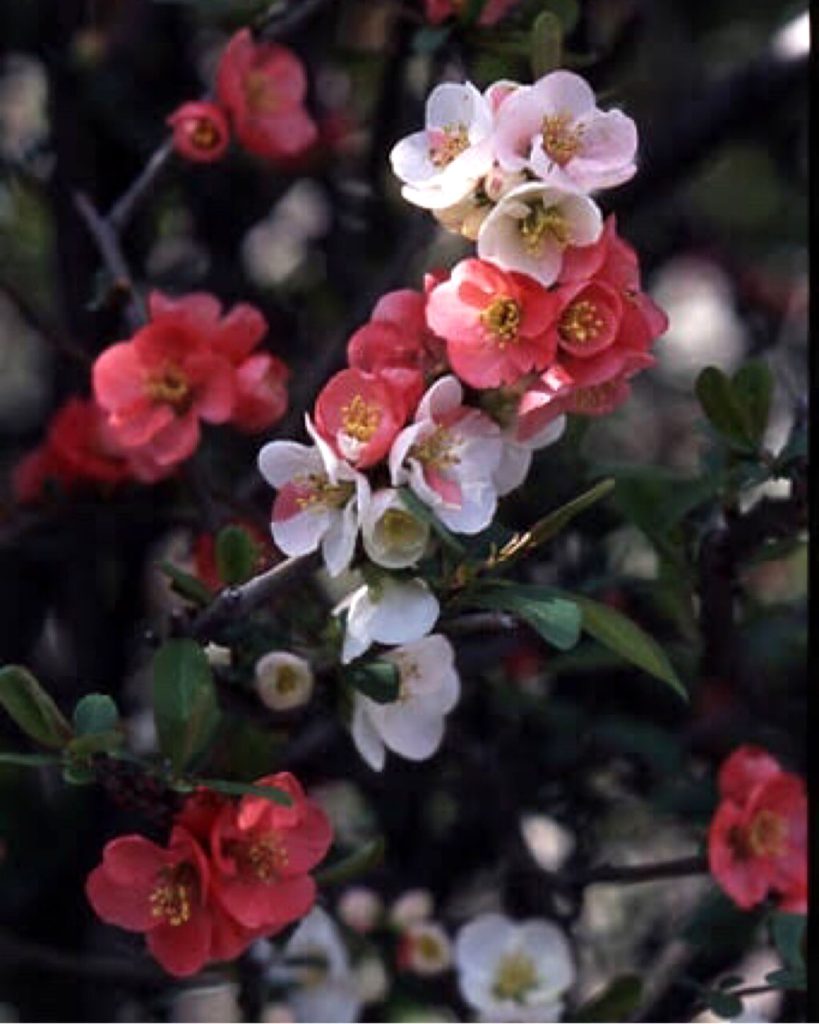
There are more than 200 varieties of Boke(quince), such as vermilion scarlet quince, pure white quince, and chintz quince, which is a mixture of red and white. It was Soseki Natsume who explained the quince accurately. He says it in the next passage of “Kusamakura”
《Quince is an interesting flower. The branches are stubborn and never bent. If you say that it is straight, it is not straight at all. However, the straight short branch collides with the straight short branch at a certain angle, and the whole is completed while holding it at an angle. There, red or white flowers that do not get the point bloom quietly. It can even flicker soft leaves. If you evaluate the quince, it will be the flower that realized the most the stupidity among the flowers. There are people in the world who say that they keep too their honesty to a fault. When this person is reborn in the afterlife, he will surely become a quince. I also want to be a quince. 》
木瓜(ボケ)には、朱紅色の緋木瓜(ヒボケ)、純白の白木瓜(シラボケ)、また紅と白とが混じった更紗木瓜(サラサボケ)など、200を越える品種があります。木瓜を語るなら漱石です。『草枕』の次の一節に言い尽くせています。
《木瓜は面白い花である。枝は頑固で、かつて曲った事がない。そんなら真直かと云うと、けっして真直でもない。ただ真直な短かい枝に、真直な短かい枝が、ある角度で衝突して、斜に構えつつ全体が出来上っている。そこへ、紅だか白だか要領を得ぬ花が安閑と咲く。柔らかい葉さえちらちら着ける。評して見ると木瓜は花のうちで、愚かにして悟ったものであろう。世間には拙を守ると云う人がある。この人が来世に生れ変るときっと木瓜になる。余も木瓜になりたい。》

